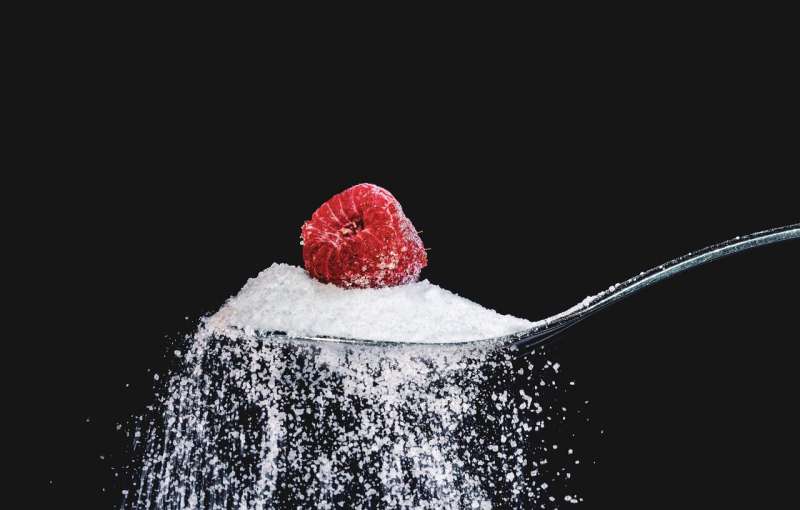This article has been reviewed according to Science X's editorial process and policies. Editors have highlighted the following attributes while ensuring the content's credibility:
fact-checked
peer-reviewed publication
trusted source
proofread
New study unifies hypotheses behind the dietary cause of obesity that once seemed incompatible

Nutrition experts have recognized for many years that western diets rich in fats and sugar may be behind the cause of obesity, but debate has reigned over the primary culprit—intake of too many calories? Specific foods such as carbohydrates or fat? This has led to some groups recommending reducing sugar, some reducing carb intake, while others believe the key is reducing high fat-foods.
A paper published today in the journal Obesity suggests these theories are not incompatible with each other, and that they can all be brought together in one unified pathway that centers around one true driver: fructose.
According to Richard Johnson, MD, University of Colorado Anschutz Medical Campus researcher, and his colleagues, the primary problem in obesity is fructose, which is present in table sugar and high fructose corn syrup. Fructose can also be made in the body from carbohydrates (particularly glucose). When fructose is metabolized, it lowers the active energy in the body (known as ATP, or adenosine triphosphate) which causes hunger and food intake.
What Johnson calls the "fructose survival hypothesis" brings together most of the dietary hypotheses of obesity, including the two that have been most incompatible with each other—the energy balance theory, which proposes that too much food (and primarily fat) drives obesity, and the carbohydrate-insulin model, which puts carbohydrates at the center of weight gain.
"Essentially, these theories, which put a litany of metabolic and dietary drivers at the center of the obesity epidemic, are all pieces of a puzzle unified by one last piece: fructose," says Johnson. "Fructose is what triggers our metabolism to go into low power mode and lose our control of appetite, but fatty foods become the major source of calories that drive weight gain."
To unify these theories in particular, Johnson says we can look to hibernating animals as an example. When we're hungry and low on active energy, we go into survival mode. Animals know to forage for food when energy levels begin to fall; why bears eat fruit to prepare for winter. Fruits are high-fructose foods, and fructose significantly stifles active energy. Fat acts as stored energy, but eating high-fructose foods blocks the replacement of active energy from fat storage, keeping active energy low like a bear preparing for a long winter's nap.
"This theory views obesity as a low-energy state," says Johnson. "Identifying fructose as the conduit that redirects active energy replacement to fat storage shows that fructose is what drives energy imbalance, which unites theories."
While more work is needed to fully validate this unifying hypothesis, this is a hopeful first step in potentially identifying more targeted preventions for obesity and related metabolic imbalance management.
More information: Richard J. Johnson et al, The fructose survival hypothesis as a mechanism for unifying the various obesity hypotheses, Obesity (2023). DOI: 10.1002/oby.23920




















